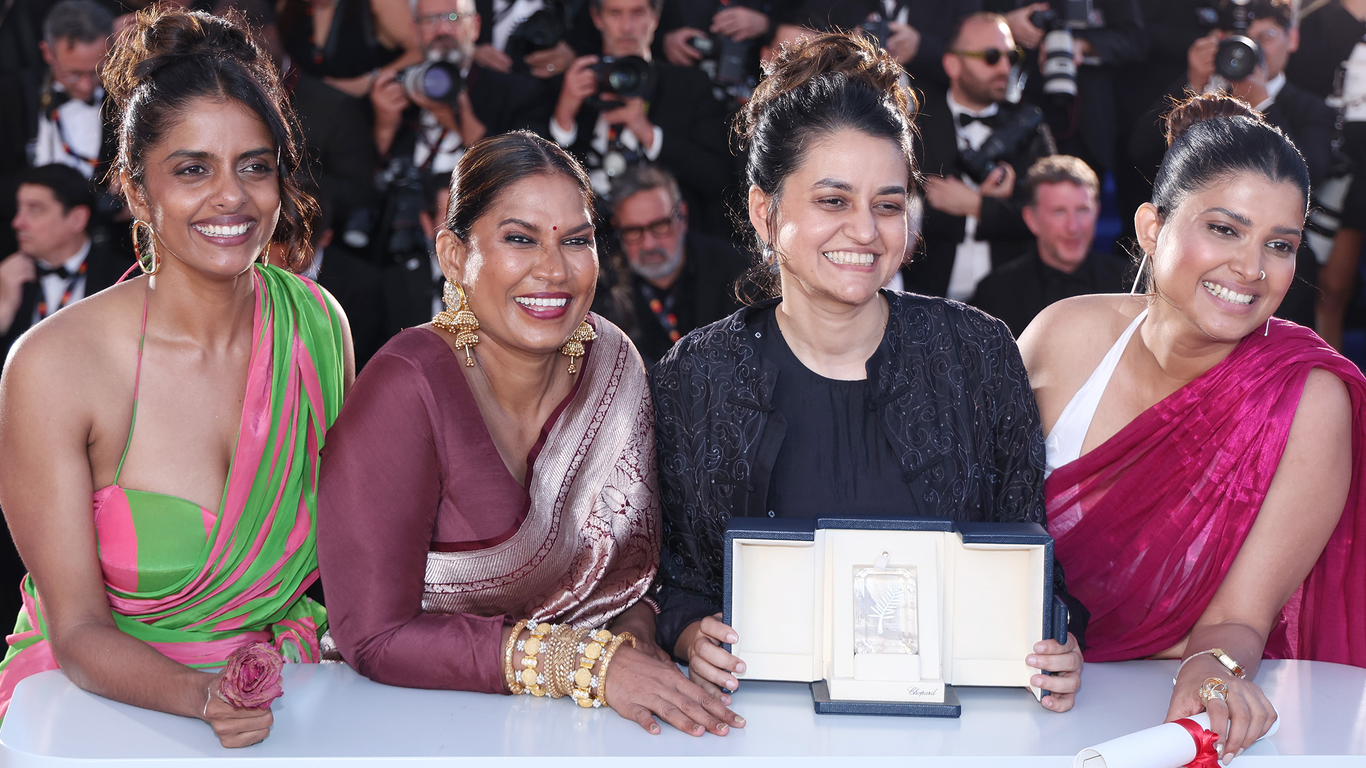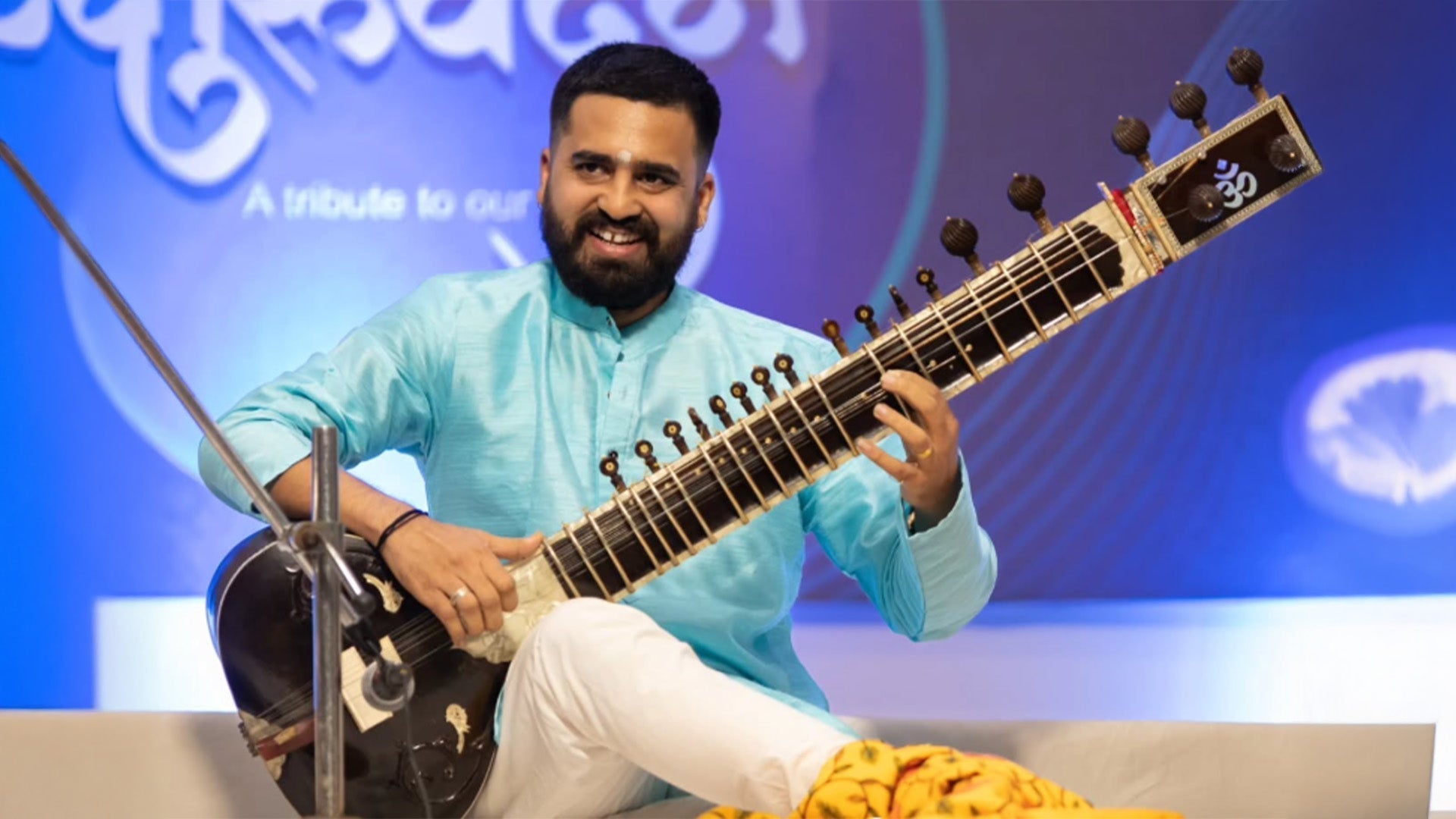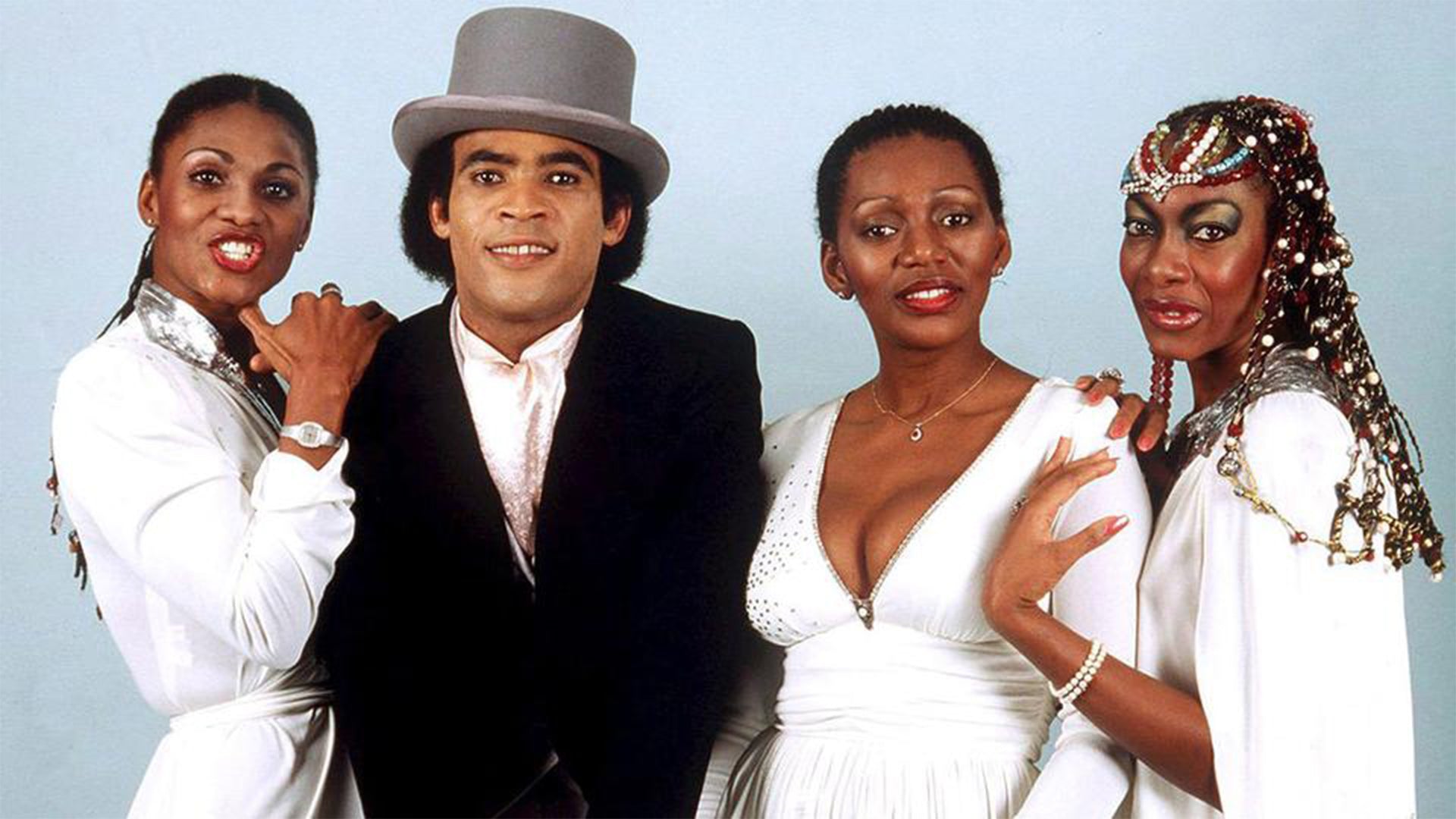Payal Kapadia: The First Indian to Win The Grand Prix
·

·
Payal Kapadia made history at the Cannes Film Festival by becoming the first Indian director to win the Grand Prix, the second-most prestigious award after the Palme d’Or.
She received this award for her debut feature, “All We Imagine As Light,” which stars Kani Kusruti, Divya Prabha (as Malayali nurses), Chhaya Kadam, Hridhu Haroon, Azees Nedumamgad and Tintumol Joseph.
“All We Imagine as Light” presents a nuanced triple portrait of women who have dedicated their lives to helping others, yet have received little in return in terms of money, status, or freedom. The narrative underscores a feminist theme, suggesting that their circumstances would be different if they were men.
This theme is humorously introduced through scenes where an elderly patient complains to Prabha about the ghost of her late husband disrupting her TV time, and Anu discreetly provides contraceptive pills to a 25-year-old woman who already has three children
In 1994, Shaji N. Karun’s rural-set classic “Swaham” was the last Indian film to compete for the Palme d’Or. Shyam Benegal’s 1976 classic “Manthan” was the first film screened at the Cannes Classics section.
The only Indian film to ever win the Palme d’Or is Chetan Anand’s “Neecha Nagar” (1946).
The jury for the 77th edition of the festival included Greta Gerwig, Hirokazu Kore-eda, Eva Green, Lily Gladstone, Nadine Labaki, and Omar Sy.
Kapadia competed against 21 other films from directors such as Mohammad Rasoulof, Yorgos Lanthimos, Sean Baker, Francis Ford Coppola, Jacques Audiard, Jia Zhang-Ke, Christophe Honore, Miguel Gomes, David Cronenberg, and Michel Hazanavicius.
The Palme d’Or went to Sean Baker’s “Anora.”
Anasuya Sengupta won the Best Actress award in the Un Certain Regard category for her performance in Bulgarian director Konstantin Bojanov’s film, The Shameless, becoming the first Indian artist to receive this accolade.
Many excellent Indian films showcased at international festivals in recent years deserve greater recognition and viewership at home. This win is sure to inspire more Indian films to compete in top festivals and encourage both filmmakers and audiences to engage more with Indian cinema.
She received this award for her debut feature, “All We Imagine As Light,” which stars Kani Kusruti, Divya Prabha (as Malayali nurses), Chhaya Kadam, Hridhu Haroon, Azees Nedumamgad and Tintumol Joseph.
“All We Imagine as Light” presents a nuanced triple portrait of women who have dedicated their lives to helping others, yet have received little in return in terms of money, status, or freedom. The narrative underscores a feminist theme, suggesting that their circumstances would be different if they were men.
This theme is humorously introduced through scenes where an elderly patient complains to Prabha about the ghost of her late husband disrupting her TV time, and Anu discreetly provides contraceptive pills to a 25-year-old woman who already has three children
In 1994, Shaji N. Karun’s rural-set classic “Swaham” was the last Indian film to compete for the Palme d’Or. Shyam Benegal’s 1976 classic “Manthan” was the first film screened at the Cannes Classics section.
The only Indian film to ever win the Palme d’Or is Chetan Anand’s “Neecha Nagar” (1946).
The jury for the 77th edition of the festival included Greta Gerwig, Hirokazu Kore-eda, Eva Green, Lily Gladstone, Nadine Labaki, and Omar Sy.
Kapadia competed against 21 other films from directors such as Mohammad Rasoulof, Yorgos Lanthimos, Sean Baker, Francis Ford Coppola, Jacques Audiard, Jia Zhang-Ke, Christophe Honore, Miguel Gomes, David Cronenberg, and Michel Hazanavicius.
The Palme d’Or went to Sean Baker’s “Anora.”
Anasuya Sengupta won the Best Actress award in the Un Certain Regard category for her performance in Bulgarian director Konstantin Bojanov’s film, The Shameless, becoming the first Indian artist to receive this accolade.
Many excellent Indian films showcased at international festivals in recent years deserve greater recognition and viewership at home. This win is sure to inspire more Indian films to compete in top festivals and encourage both filmmakers and audiences to engage more with Indian cinema.



